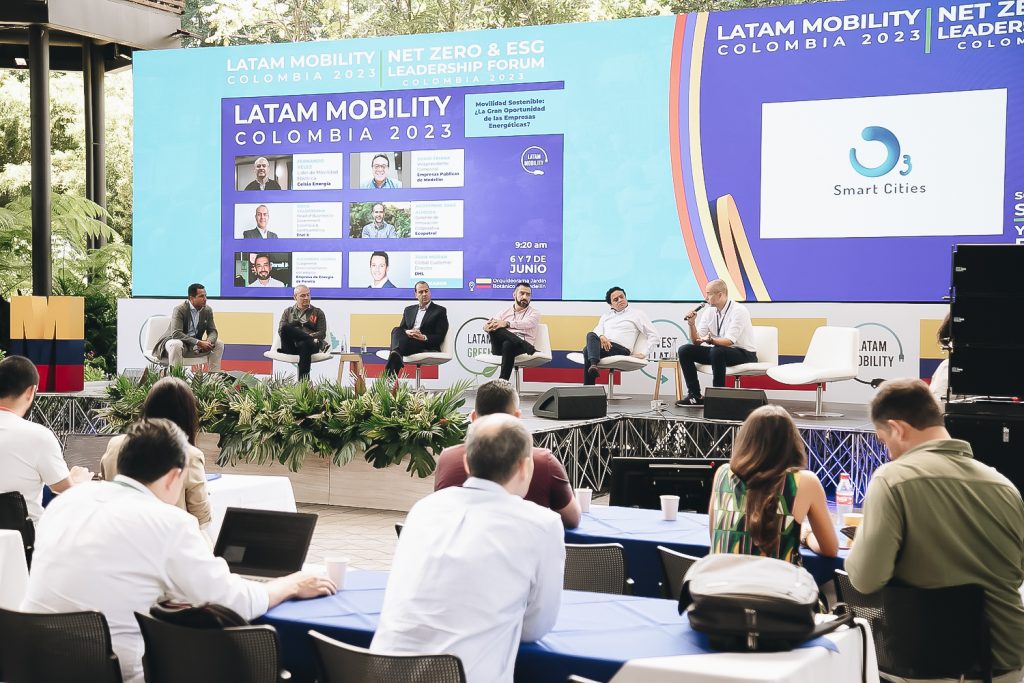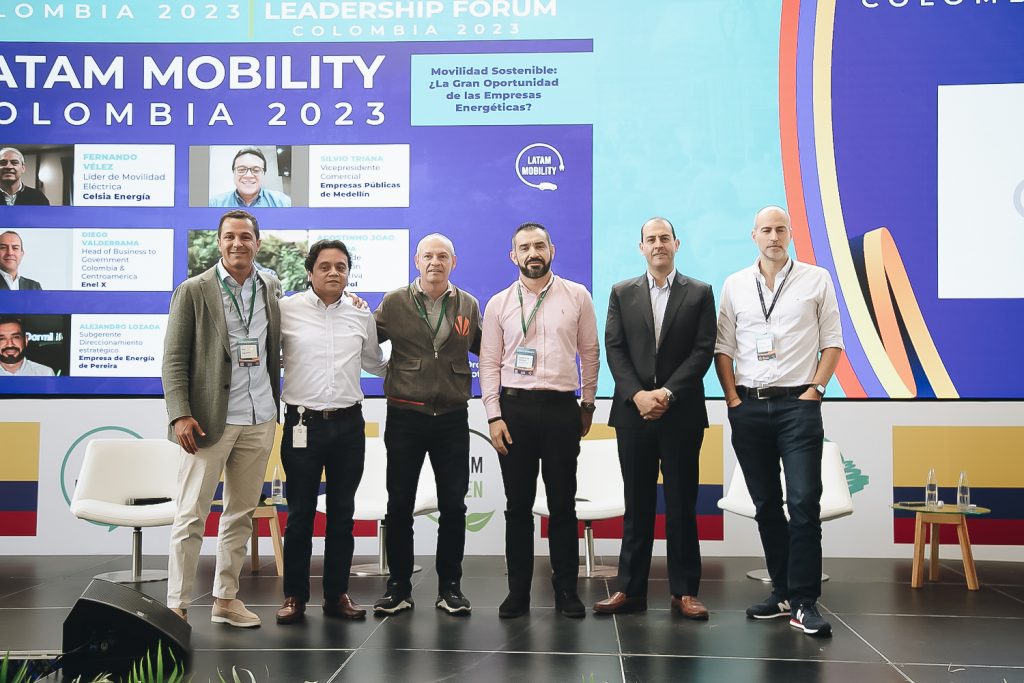The great benefits of sustainable mobility are driving companies traditionally focused on fossil fuels to migrate to renewable energies in order to contribute to the environment and optimize their operations.
In this sense, the “Latam Mobility: Colombia 2023” panel “Sustainable Mobility: The Great Opportunity for Energy Companies?“, in which prestigious companies from the private and public sector expressed their perspectives on the subject.
Fernando Vélez, Celsia Energía’s Electric Mobility Leader, led the presentation of the company’s new charger, unveiled precisely at the Latam Mobility forum as the great novelty presented this year.
Taking into account that Celsia is the fourth largest energy generator in Colombia, they decided some years ago to explore other businesses to offer energy and mobility solutions.
“We incorporated the first fleet of buses in Cali where 26 buses are currently operating with their recharging yards. In Bogota we implemented 126, our focus is not transportation, but we are strongly committed to infrastructure, electrification of fleets, both in buses for Colombia and aspire to continue supporting electrification in other countries in the region”, explained Vélez.

Powerful Enel X Network
With more than 74 million customers worldwide and a network of approximately 2 million kilometers to distribute energy, Enel X is one of the key players driving sustainable mobility in Latin America.
Diego Valderrama, Head of Business to Government Colombia & Central America of Enel X, explained that they currently have 3,500 buses running on a global scale, 2,600 of them in Latin America.
In the case of Bogota, Enel X has a large presence with 878 buses, of which 401 belong to the group. In addition, they have six electroterminals, which highlights the company’s vision of having a complete electromobility ecosystem.
“We will continue to promote all types of mobility; mass and private mobility, working with government and company fleets. This is one of the ways to develop our global presence,” Valderrama emphasized.
Ecopetrol’s Transition
Adapting to new times and technologies is key to staying in the market. Ecopetrol, with a long tradition in the field of combustion, has established several lines of business focused on sustainable mobility.
Agostinho Joao Almeida, Ecopetrol‘s Corporate Innovation Manager, explained in the “Latam Mobility: Colombia 2023“, how the path to include renewable energies in its roadmap has been.
“The strategic vision is the starting point, we have defined for 2040 energy that transforms with three lines of business. There are two new divisions: the vice-presidency of low-emission solutions, which covers the use of hydrogen and renewable energies, and there is also the issue of transmission and railroads.”
He stressed that they have the goal of growing with the energy transition, aiming for 40% of energy to be of scope 1 and 2 and scope 3 to 50% in 2050.
“We want to accelerate the transition and be leaders in cutting-edge knowledge with technology, so we must relate and ally with different actors to pave the way towards an energy change through mobility,” Almeida pointed out.
Pereira Energy, a Step Ahead
Similar to the case of Ecopetrol, Energía de Pereira is convinced that it is necessary to get ahead of the times, innovate and adapt to what the market demands.
In this sense, Alejandro Lozada, Deputy Manager of Strategic Direction of Energía de Pereira, explained how they have migrated from their initial vision in the field of energy to offer load infrastructure solutions in a key region such as the coffee-growing region of Colombia.
“We currently have a large participation in the electric mobility market through alliances and other groups, focused on generation, commercialization and distribution. We are building an electromobility corridor to start connecting,” said Lozada.
He also explained that they have also entered into the commercialization of electric vehicles to drive growth without waiting for the market to demand these types of needs in the near future.
The Public Sector and its Key Role
Silvio Triana, Commercial Vice President of Empresas Públicas de Medellín (EPM), offered his alternative vision to the private sector that gathered at the Latam Mobility panel.
He explained that EPM has a very positive outlook on the sustainable mobility ecosystem, with elements such as gas to develop business, and is now focused on electric mobility.
Triana stressed that they seek to become a catalyst between the public and private sectors, so that all actors generate fundamental alliances for the growth of mobility in Colombia.
“Our vision is to continue betting on sustainable mobility, we must take steps little by little to develop a model, and for that it is very important to have a regulatory framework, break barriers and attract more participants,” he concluded.







